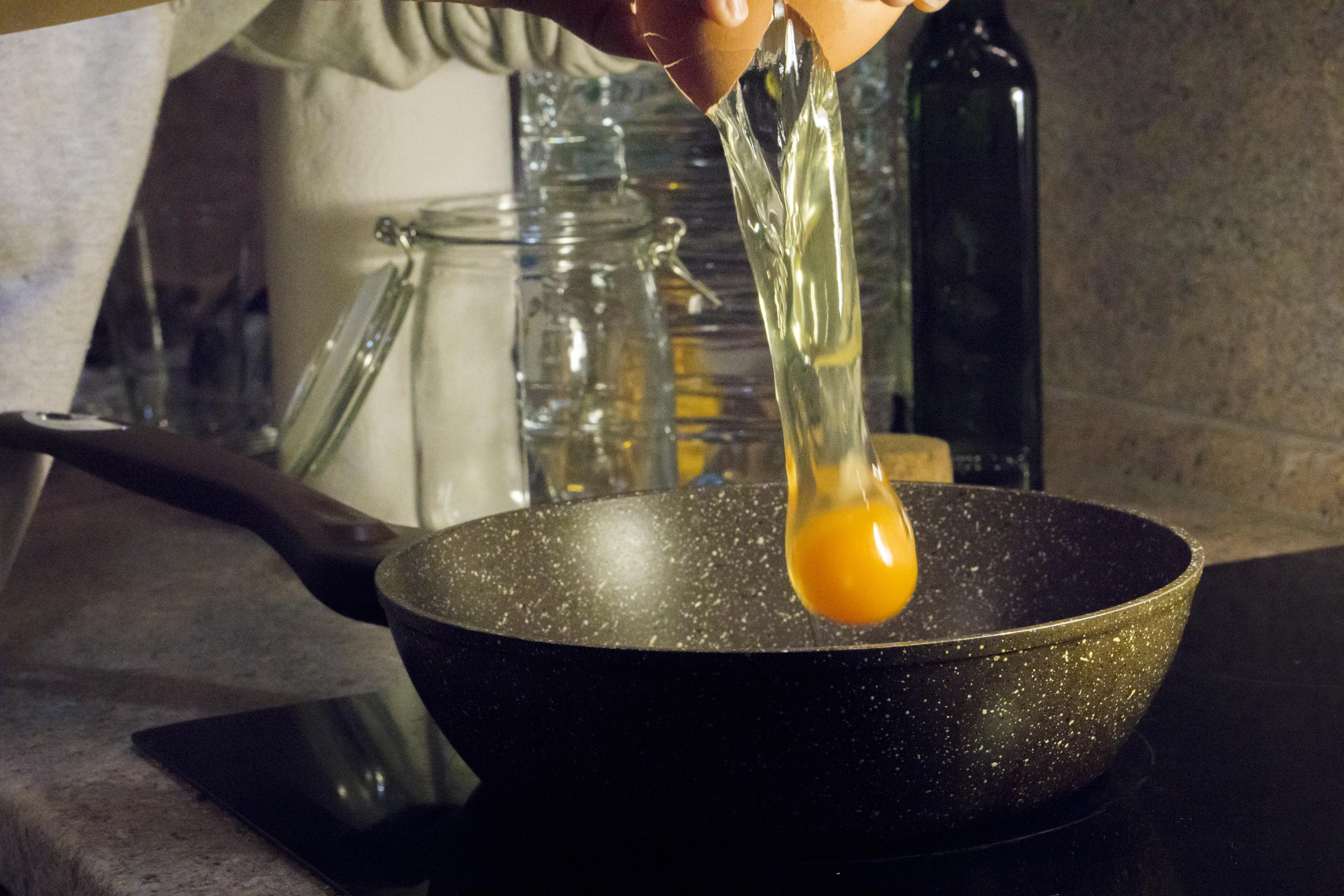10 Mind-Blowing Facts About the Science of Boiling an Egg Perfectly
Think boiling an egg is kitchen kindergarten? Prepare to be amazed. This everyday task is actually a masterclass in applied chemistry and physics, happening right inside that humble shell. Achieving that perfect balance – a firm-but-tender white yielding to a creamy, vibrant yolk – isn't just luck; it's science in action. Forget vague timing guesses; we're diving deep into the mind-blowing specifics. Why do fresh eggs peel so badly? What really causes that dreaded green ring around the yolk? How can altitude totally derail your breakfast plans? We've cracked open the research to reveal 10 fascinating scientific secrets behind the quest for the perfectly boiled egg. Get ready to see this simple food in a whole new light and transform your results from guesswork to guaranteed deliciousness, backed by surprising science.
1. Egg Whites and Yolks Cook at Different Speeds (Know the Temps!)

The secret to texture lies in heat-sensitive proteins. Egg whites, mostly albumin, start setting around 62°C (144°F) and become firm near 65°C (149°F). Yolks, however, need more heat, beginning to thicken around 65°C (149°F) and only becoming truly firm (hard-boiled) closer to 70°C (158°F). This temperature gap is why you can achieve a set white with a runny yolk! Mastering precise temperature control (like with sous-vide) allows chefs to exploit these different thresholds for incredibly specific textures impossible with simple boiling alone.